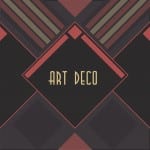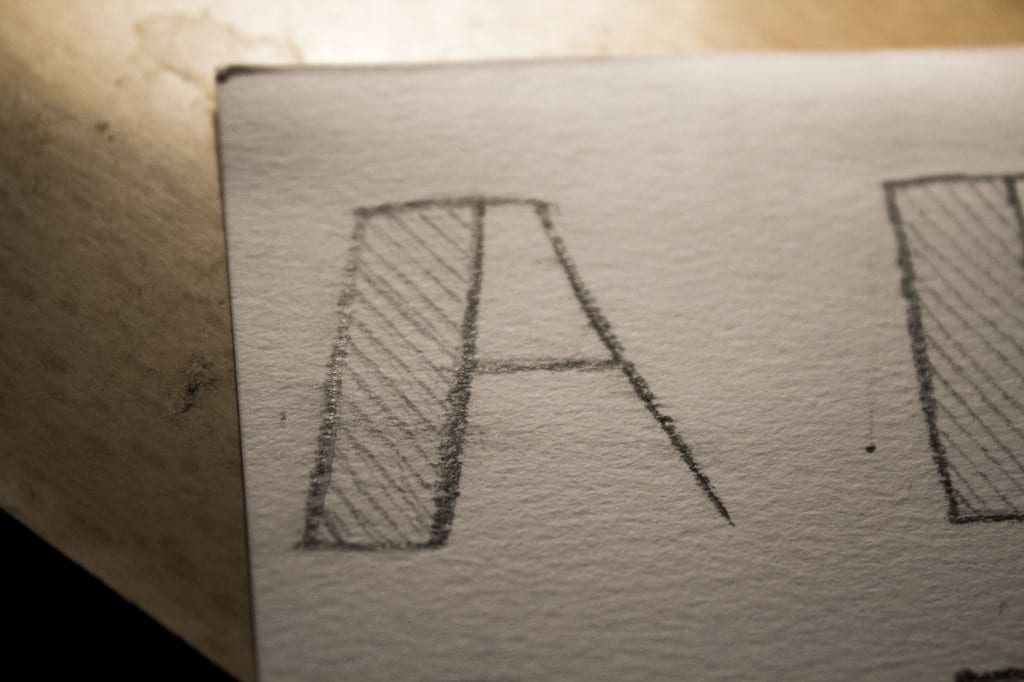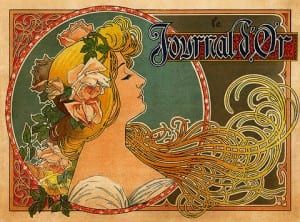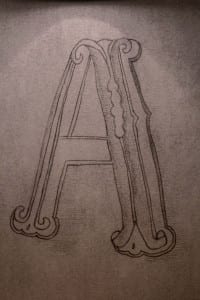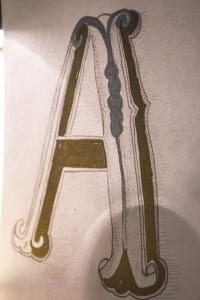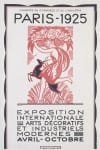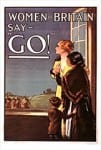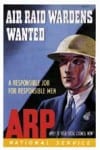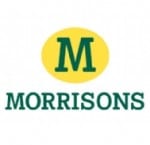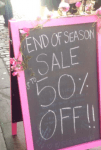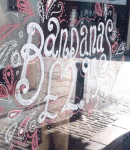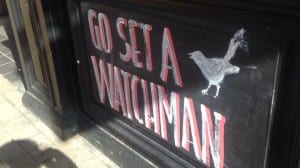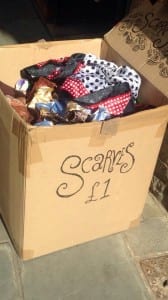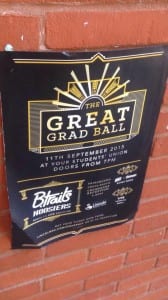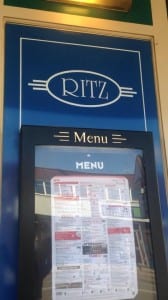When looking into Art Deco Design, the style is very structured and organised and I wanted to get an understanding of something that contrasts this in modern day design. I have always been interested in how tradition could be combined with contemporary design to create an interesting product.
Urban Typography
Urban Typography is everywhere, when walking up the High Street, there are hundreds of examples and thinking about the first blog post, I found a number of interesting Type examples around Lincoln which are different to that of the very structured and luxurious style of Art Deco.
I found an interesting blog called ‘The Journal of Urban Typography’ which features a wide variety of urban Typefaces the world. The type in a number of the pictures features handwritten or stencil designs.
I like the way that these are hand drawn and this design that is not structured, organised and is creative in it’s design. This contrasts that of the art deco style, yet both have been used in urban cities with the rise of the Art Deco in New York in the 1920’s. I think that this is very interesting in having two very contrasting designs that could work together in a city.
I also looked at the way in which modern typographers have been using digital media to create visually interesting work.
Rus Kasanov
Rus Kasanov is a Russian-born designer who has worked for clients such as Adobe, Bloomberg Markets, Computer Arts, HTC, GQ, Popular Mechanics, Popular Science and Wired.
He has created typefaces using laptop screens, tasers, and soy sauce. One of his projects which I found particularly interesting is his work with the digital music video “Crystallize” using Salycylic acid and sugar under a microscope. Even though the project is not strictly about Typography, there are still elements to his work which I find very interesting.
What I like about this is the cross media use of Typography. The very visually interesting shapes of the type have been used in order to create a digital piece of work which could also be considered very creative in design. I would like to see how two medias could be used to create interesting Typography.
I really like the idea of using both traditional and modern typographical styles and see how they could work together. I want to look at how Art Deco could be used with modern technologies to create a modern Art Deco design.


